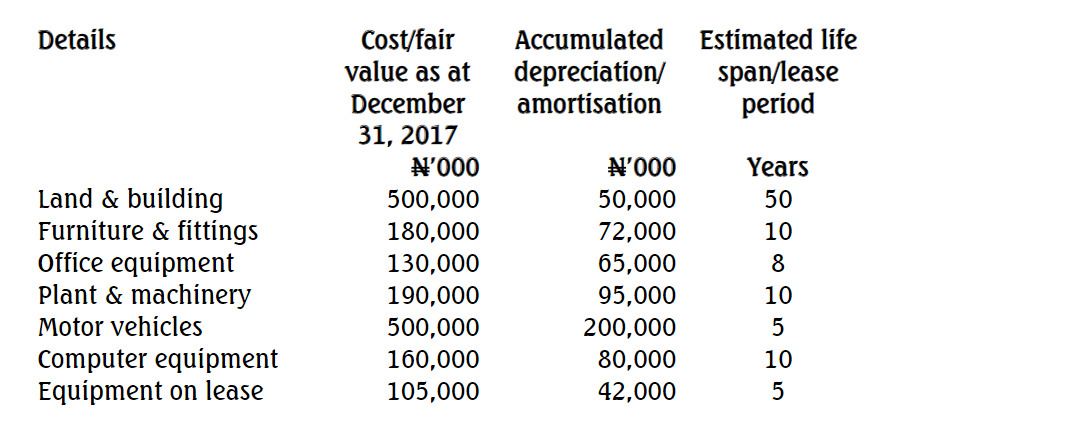- 20 Marks
PSAF – May 2017 – L2 – SA – Q3 – Accounting for Government Assets and Liabilities
Discuss store management, accounting officer responsibilities, and preventive actions for stock management in the public sector.
Question
Engineer Paul Maihala assumed duty as the Managing Director/CEO of FCT Abuja Water Authority (FAWA) – a company fully owned by the Federal Government of Nigeria. FAWA is responsible for the supply of water to the Federal Capital. Engr. Maihala, before resuming at FAWA in October 2015, was the Director (General Services) at the Federal Ministry of Works and Housing. Upon resumption, he was determined to put an end to the shortage of water supply in the Federal Capital in fulfillment of the mandate given to him on his appointment.
At a meeting with his directors, the new Managing Director/CEO asked for a list of challenges facing the Authority and suggestions on how to solve them. Top on the list of challenges were the issues of unreliable public power supply and the excessive cost of running generators due to the high cost of diesel. There was also the case of shortage of raw materials such as chlorine (Sodium Hypochlorite) and other essential chemicals used for water treatment.
The Director, (Maintenance) decried the incessant cases of non-availability of essential chemicals and materials. He also said that there were cases of low-quality and unusable chemicals supplied to the store.
The Managing Director directed that adequate stock of diesel and essential chemicals must be kept at all times and that he would not tolerate any case of stock-out, diversion, or theft of diesel, chemicals, and other store items.
The Director, (General Services), stated that the major challenge he faced was that the Authority’s store was porous and that the controls in the store were inadequate. He blamed the Finance and Accounts department for inadequate record-keeping, leading to frequent stock-outs and non-documentation of store discrepancies. He said that “he would have preferred a situation where the accounts department would leave his stores alone.”
The Director, Finance and Accounts, said in his presentation that he had no control over the store as the storekeeper reports to the Director, General Services. He said he was only responsible for the store accounting function and that the officer-in-charge of stores accounting had his office in the Accounts section. He further said that the storekeeper was not cooperating with the accounts staff and saw them as an unnecessary disturbance as they often presented themselves as “policemen.” The argument between the two directors was heated to the extent that the meeting had to be adjourned.
Required:
a. According to Government Financial Regulation (2009 Edition), explain the term “STORES” (2 Marks)
b. In line with the Treasury’s objective of ensuring an effective system of internal control in the management of stores, what are the responsibilities of the Accounting Officer? (4 Marks)
c. State SIX actions the Accounting Officer could take to prevent cases of: i. Stock-outs (6 Marks) ii. Diversion or theft of diesel or other store items. (6 Marks)
d. State TWO measures necessary to ensure that chemicals and other store materials meet the required standards. (2 Marks)
Find Related Questions by Tags, levels, etc.



